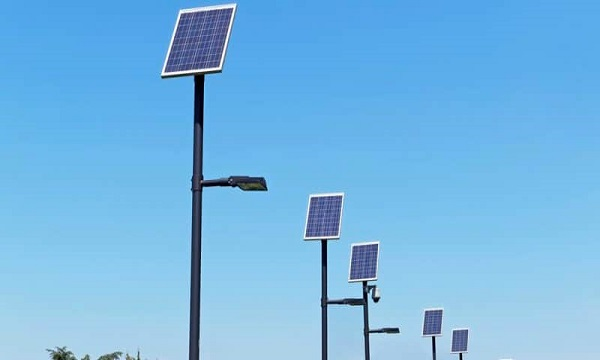After yet another late shift, you are finally making your way home under the drab orange streetlights. You notice that the lights on the side of the road are flickering as you make your way home for the holidays. To no avail, turning up the volume on your headphones doesn’t alleviate the drowsiness you’re experiencing. To meet a friend for a drink, you’re walking through the city’s downtown area, but you can’t see the person following you because of poor visibility. All of us have experienced at least one of these situations at some time in our lives, but what do they have in common? Inadequate lighting on the highways.
LED street lighting has found a way to keep vehicles alert, pedestrians safe, and cities’ energy expenditures low all at once. Take a look at the information given below to learn more about the top four advantages of LED street lighting! Choosing the led street light price is essential there.
The advantages of LED street lighting are many. For example, they have a longer life period and use less energy than incandescent, halogen or fluorescent light bulbs. Due to their environmental and economic benefits, they are increasingly popular. Using LED street lighting has the following benefits. 1. Reduced energy consumption.
How LED street lighting may improve the environmental friendliness of cities by reducing the amount of energy needed to illuminate them.
By lowering the amount of energy that is needed, LED street lighting may help cities become more environmentally friendly by reducing carbon emissions. To further cut costs, preserve energy, and provide public lighting infrastructure that is more adaptive, versatile, and efficient LED lighting systems may be coupled with smart technology.
The lower environmental effect of LED lighting
Compared to incandescent bulbs, LEDs emit very less heat, which means that they use significantly less power to provide the same amount of light as their older counterparts. As a result, LEDs use energy at a very low rate. Comparatively, roughly 90% of the energy in incandescent bulbs is converted to heat; on the other hand, only around 80% of the energy in fluorescent lamps is converted to heat. LED lights’ energy efficiency is anywhere from 40% to 60% greater than that of traditional lighting systems.
Fewer carbon dioxide emissions
LED street lights use less power than their traditional equivalents. The pollution produced by conventional street lights is far more than that produced by LED street lights. LED outdoor lighting has the potential to reduce carbon emissions by an amount equivalent to the removal of 8.5 million cars off the road annually, according to the World Bank’s estimates for only the United States.
A longer life span
Another benefit of LED street lighting is that it has a longer lifespan: The lifetime of LED-illuminated products is greater than that of conventional lighting. When compared to incandescent and fluorescent bulbs, LEDs have a lifetime three to five times greater, and thirty times more than that of incandescent bulbs.
An accurate portrayal of colour
LED street lights provide a more realistic representation of colour thanks to their high-quality colour reproduction, which mimics the appearance of natural daylight. Improved visibility for cars and pedestrians means better road conditions and a safer environment for all of us.
A quick start to the game
At most, it takes a few hundredths of a second for an incandescent bulb to begin emitting light. It might take anything from a few seconds to upwards of 10 minutes for gas discharge lights like high-pressure sodium and metal halide to stabilise their light output after being switched on. Between three and six minutes after being turned off, they must be cooled down enough to be restarted. On the other hand, LED lights can be switched on and off in a matter of tens of nanoseconds, there is no waiting time before they can be turned back on again, and they can work properly in an on-and-off state.


